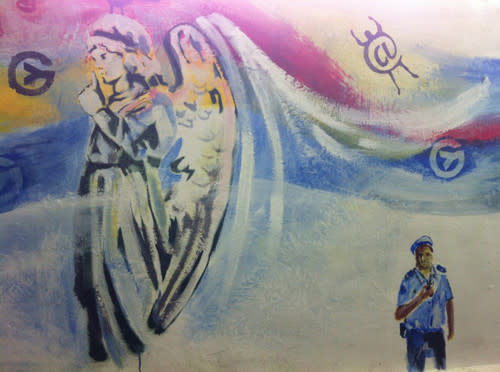


As a figure of speech, the terms “ginga,” “jeitinho,” and “jogo-de-cintura” may be used interchangeably. This way of making do, he points out, has given unified meaning to a diversified (social) body within the discourse of national identification in Brazil. Furthermore, according to Roberto DaMatta (1987, 1997), this “Brazilian way” of improvising innovative solutions to unforeseen scenarios may be understood as an acquired behavior that has been carefully constructed and continuously performed. For Barbosa, the inclination towards finding an alternative or personal way to slip through what might otherwise look like a “dead end” or “red tape” is a Brazilian institution. Livia Barbosa (1992) presents a socio-anthropologic analysis of the particular “way” (jeito, jeitinho) in which people (are expected to) act and behave socially in Brazil. While as a noun “ginga” means “the sway,” gingado may be translated as “the swayed action.” Although they may be employed as synonyms, during the first part of the twentieth century, the term “gingado” was used more frequently. Gingado is the past participle of the Portuguese verb “gingar” (to sway or to swing). Notes Introduction: Choreographing Ideas 1.


 0 kommentar(er)
0 kommentar(er)
